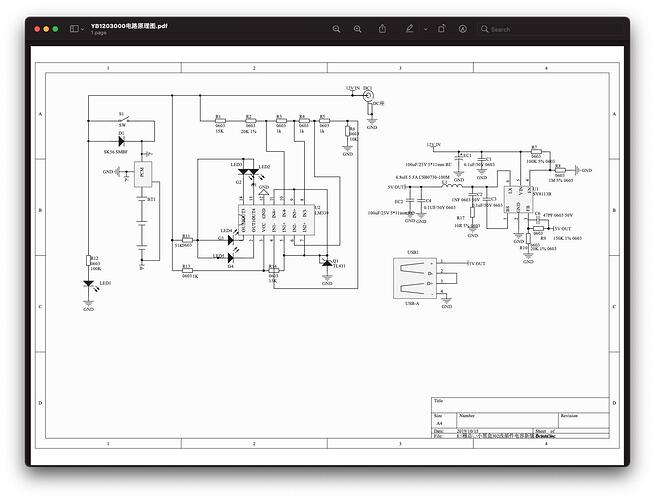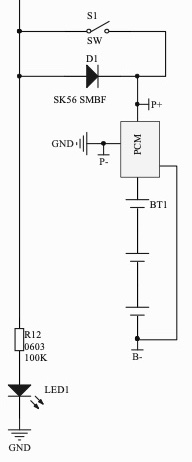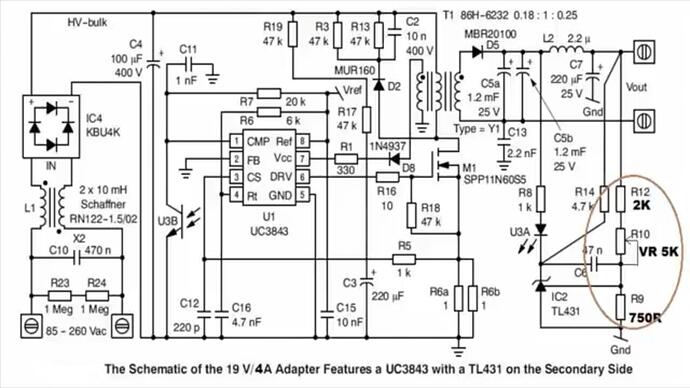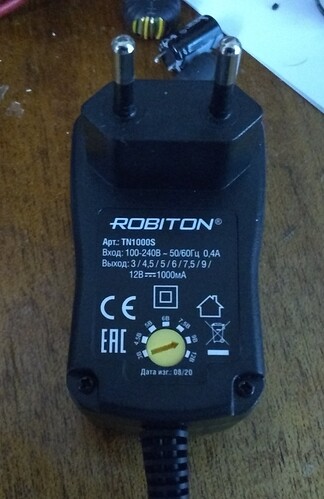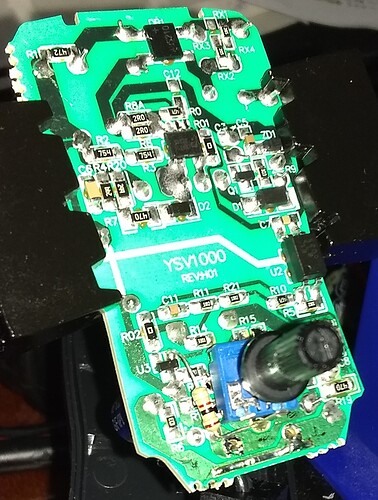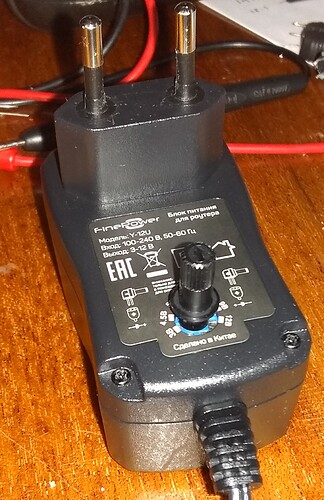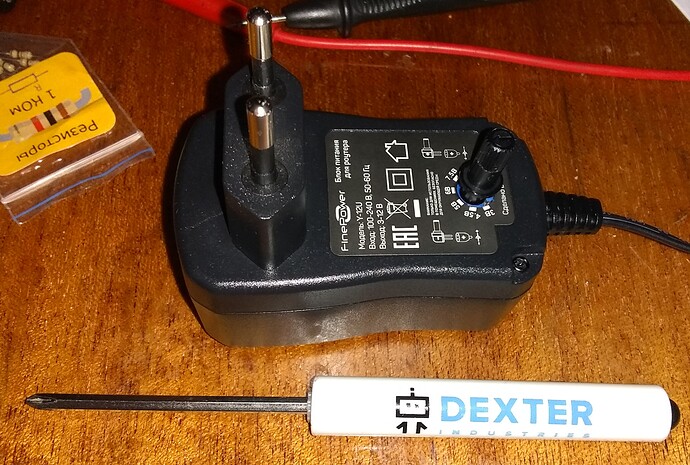I have decided to break out the discussion of the TalentCell “state-of-charge” indicator from the rest of the battery discussions.
Summary:
Though the TalentCell battery appears to be a Thing of Beauty, the state-of-charge indication is more like a Thing of Gagh!
Due to @cyclicalobsessive and @KeithW’s exhaustive research on the battery’s runtime and voltage cut-off limits, I was able to make some significant progress today.
First of all:
-
A fully charged YS1203000, fresh off the charger reads 12.47 v on my inexpensive meter. (Assuming full charge voltage is 12.5v.)
-
@cyclicalobsessive’s drop-dead voltage is 9.75v
-
This gives a voltage delta of 2.75v (assuming 2.8)
-
I discovered the following schematic for a four-LED voltage monitor at https://mechatrofice.com/circuits/voltage-level-indicator-circuit
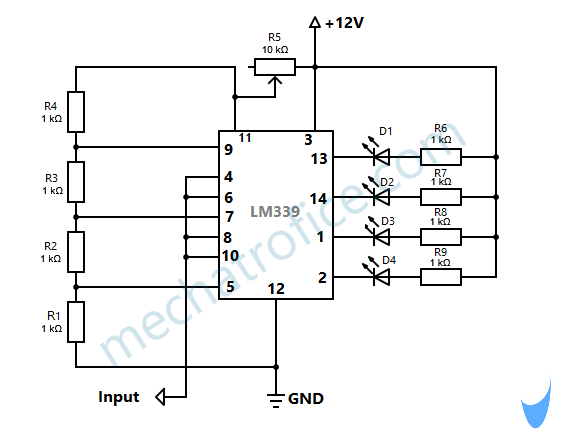
Additionally, they appear to be using a TL431 programmable voltage reference in the circuit.
Update:
(Special reference to @cleoqc)
I sent TalentCell a request for the power monitor PCB schematic.
They responded with this:
YB1203000电路原理图.pdf.txt (54.0 KB)
What is significant about this circuit is their use of a TL431 programmable reference diode, so it might be possible to:
-
Change the voltage on the reference lead of the diode to make the meter reading more accurate.
-
Suggest differing voltages so that the same circuit can be used with different battery technologies.
I have also asked for the circuit for the charge controller board as I am thinking of adding an inductor, (and possibly a capacitor), to filter out the high-frequency regulator noise.
 ), with the wheels still spinning since people might not be using the relatively robust power monitoring software you use.
), with the wheels still spinning since people might not be using the relatively robust power monitoring software you use.